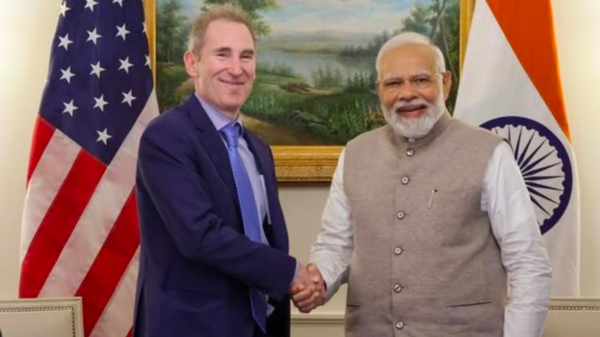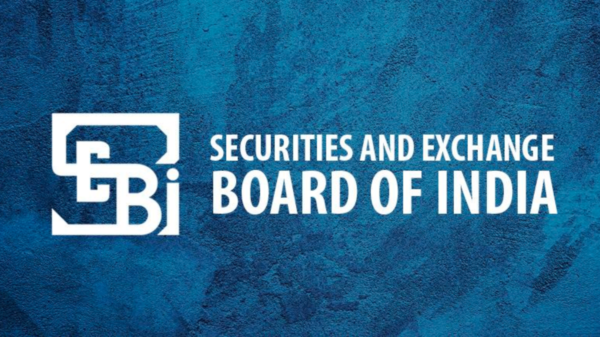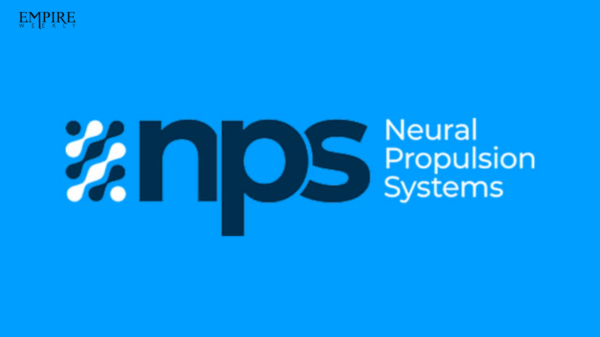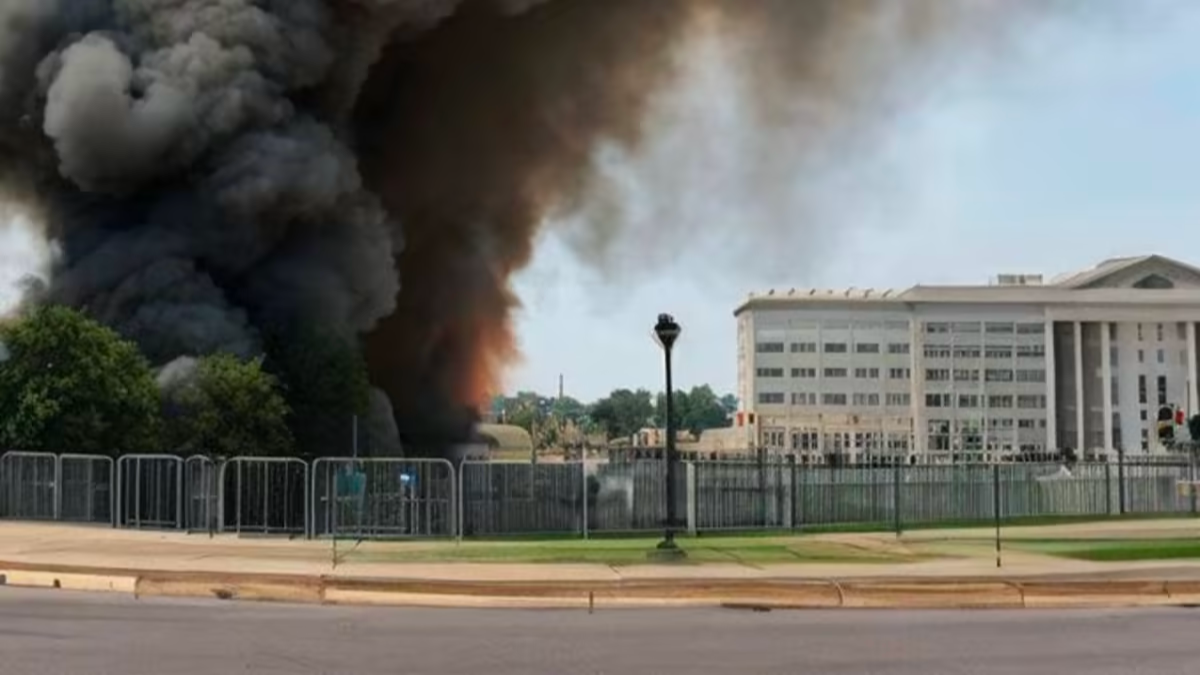The Pentagon has found itself at the center of a controversy surrounding an AI-generated image of an explosion, raising questions about the implications of artificial intelligence (AI) in the creation and dissemination of potentially misleading content. The incident has sparked discussions about the ethical use of AI and the need for transparency in its application.
The fake picture surfaced on Twitter earlier this week, showing a massive explosion purportedly taking place at the iconic Pentagon building. The image quickly gained traction and caught the attention of users who were alarmed by the apparent incident. However, it was soon revealed that the picture was manipulated and did not depict a real event.

The misleading image prompted widespread speculation and concern, with many users sharing it without verifying its authenticity. As a result, panic and confusion began to spread across the platform. In an age where visual content is often taken at face value, the incident serves as a reminder of the importance of fact-checking and critical thinking in the online realm.
Experts in digital forensics and image analysis quickly identified the picture as a digitally altered composite, with elements taken from unrelated images and scenes. They pointed out inconsistencies in lighting, perspective, and other visual cues that indicated its falsity. While the origin of the image remains unknown, it is believed to have been created and circulated with the intention to deceive and provoke reactions.
The incident has once again highlighted the challenges that social media platforms face in combating misinformation. Twitter, in particular, has been under scrutiny for its role in disseminating false and misleading content. The company has made efforts to implement fact-checking labels and warning prompts, but the sheer volume of information shared on the platform makes it difficult to catch every instance of misinformation in real-time.
The Pentagon has not released an official statement regarding the incident. However, experts in the field of AI have called for a proactive approach to address the potential risks associated with AI-generated content. They stress the importance of developing AI systems that prioritize transparency, accountability, and adherence to ethical guidelines.
Organizations and individuals advocating for media literacy and digital education stress the importance of developing critical thinking skills to navigate the online landscape. They emphasize the need for users to verify information from reliable sources before sharing or engaging with it. Additionally, efforts by social media platforms, in collaboration with fact-checking organizations, to curb the spread of misinformation should continue to be strengthened and refined.
The incident has also sparked discussions about the potential consequences of such hoaxes. False information can have real-world implications, from causing unnecessary panic and anxiety to undermining trust in institutions and eroding social cohesion. The need for responsible digital citizenship, characterized by ethical online behavior and responsible content sharing, is more important than ever.
As the incident involving the fake picture of the Pentagon explosion demonstrates, the battle against misinformation is an ongoing challenge. It requires collaboration between social media platforms, technology experts, fact-checkers, and users themselves to collectively combat the spread of false information. Only through these combined efforts can we hope to create a digital environment that promotes accuracy, transparency, and informed decision-making.
How did it affect the Stock Market?
The authenticity of the image was soon called into question, as experts identified it as a product of AI technology capable of generating highly realistic visual content. However, the damage was already done, as the image had already caused significant disruption and chaos in the stock market.
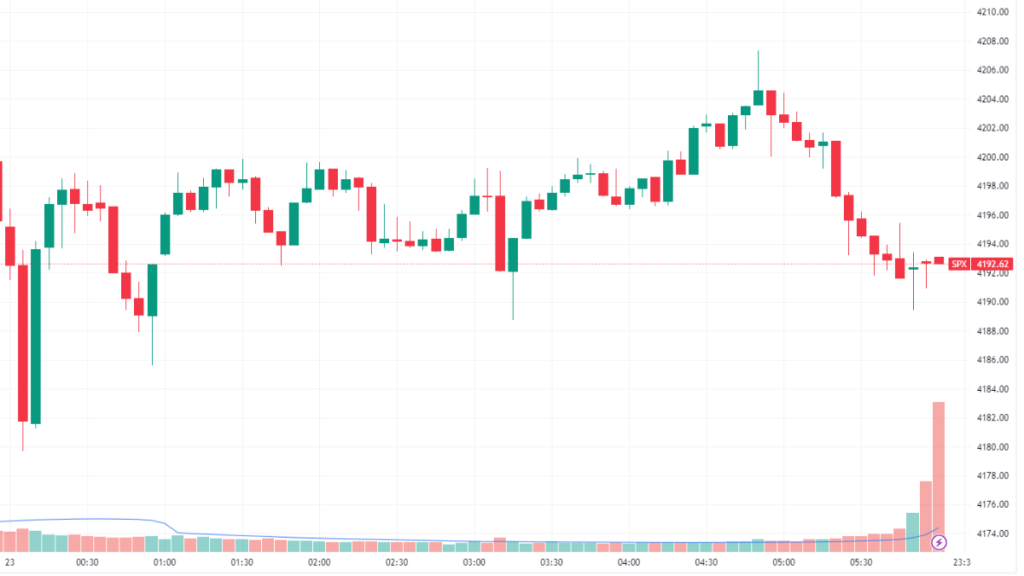
News of the apparent explosion at the Pentagon led to a flurry of speculation among investors, triggering a wave of panic selling across various sectors. Stock prices plummeted as concerns about potential national security threats and their potential impact on the economy surged. The market turbulence caused by the viral image serves as a stark reminder of the vulnerability of financial markets to the influence of misinformation and manipulated content.
The Securities and Exchange Commission (SEC) is closely monitoring the situation and has vowed to investigate the events surrounding the viral image. Authorities are examining the potential for market manipulation and the role of social media platforms in disseminating misleading information. The incident has also raised questions about the responsibility of tech companies in preventing the spread of AI-generated content that can have far-reaching consequences.
With the rapid spread of information facilitated by social media, users must exercise caution and verify the authenticity of content before reacting and making financial decisions based on it. Education and awareness campaigns can play a vital role in equipping individuals with the necessary tools to navigate the digital landscape responsibly.
Conclusion
The viral dissemination of an AI-generated image depicting an explosion at the Pentagon has caused chaos in the stock market, highlighting the potential influence of AI-generated content on financial markets. The incident calls for stronger regulatory measures, enhanced monitoring capabilities, and increased public awareness to safeguard against the impact of misinformation and manipulated content. It serves as a reminder of the importance of critical thinking and media literacy in the digital age and the need for collaboration between regulatory bodies, technology companies, and the public to address these emerging challenges effectively.






